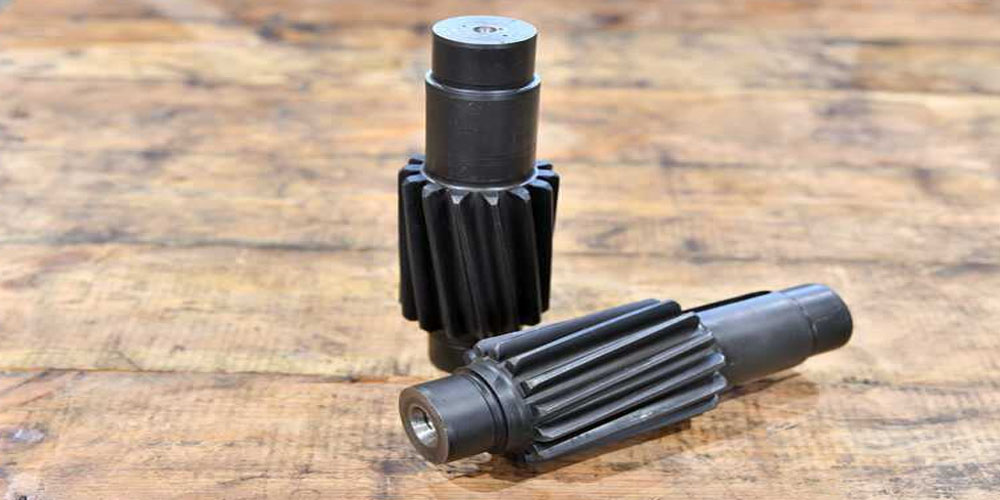Cast or machined automobile components fall short of the strength of forged automotive components. Forgings are best in class in terms of strength and dependability. As a result of advancements in forging technology, forged items now exist in a wider variety of forms, sizes, and performance levels to meet strict design and performance standards.
Forgings are frequently used to produce significant automobile components because they are reliable, affordable, cost-effective, impact- and fatigue-resistant, and they are also typically reliable, reliable, and affordable. Materials that have been forged offer the necessary amount of maximum or low-temperature functioning, flexibility, stiffness, and utility.
Due to the simple fact that forging has been conducted for thousands of years and continues to get better as time passed, it would be difficult to put into words every possible use that manufacturers have come across for forged products. In this article, we'll go over some of the positive aspects of forged automotive components provided by CXIN Forging.
Advantages of Forged Automobile Components
Forging is an essential component of metal shaping since it contains so many significant and valuable qualities. Forging is a process that produces durable, trustworthy parts for machinery, motors, and technological devices which function at their best under any conditions.
Resistance to Stability
In different kinds of metal fabrication, the leading edges of the grain flow lines are apparent, rendering the metal more susceptible to damage from wear and corrosion. The grain flow is kept consistent throughout the forging process so that it mimics the contour and shape of the component or part. Forged objects offer greater strain and corrosion resistance because of the preservation of the grain flow.
Directional Strength
Forging produces metal with exceptional mechanical characteristics and sound metallurgy by carefully regulating deformation. Modifying the metal before using it in the forging process leads to the correct grain flow and directional qualities of durability, ductility, and endurance to impact and fatigue, and this factor is what generates it.
Divergence in Thickness
Due to the increased strength-to-weight ratio brought about by forging, pieces can be of varied thicknesses. It offers numerous advantages, including reducing production run lengths and reducing production costs, to be able to mass-produce parts employing a single process that can meet numerous thicknesses. Whatever the substance, material constantly moves from one forging to the next.
Hardness
The primary advantage of forging is the greater durability it gives completed objects. This is because the metal's structure and grain orientation is maintained constant throughout the forging process. Thanks to the metals' prior processing and reworking, concerns about impurities that might weaken or eliminate a component are no longer an issue. Metals recrystallize extremely since any possible toxic impurities have previously been removed.
Rate of Production
The high forging production rates are very advantageous to the automotive industry. The cold forging process produces products quickly and effectively in a couple of seconds when metals are employed. The delay in heating the metals causes the time needed for hot forging to grow to minutes. It is easy and economical to incorporate the forging process into currently used manufacturing processes, regardless of the part.
Design’s Flexibility
Because they are aware of how forging influences grain flow and build designs that are resistant to stress and failure, design professionals and engineers are able to create parts with greater strength as they refine their conceptualizations. Forging boosts mechanical strength, adaptability, and resistance to impacts by permitting designers to choose the highest quality components and heat treatments for every element.
Concluding Remarks
Forging turns into a source of technologically advanced parts while additionally creating the automobile in order to boost the competitive edge of the automobile manufacturing business. Precision forging technology must be created by manufacturers of components. Forging businesses should develop the necessary tools and techniques for a variety of precision forging processes and products, and opt for the most appropriate strategy for their own development.


